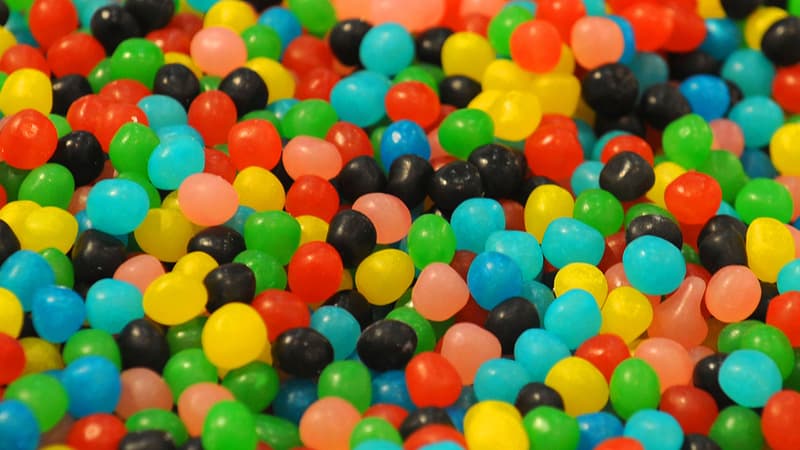Already half a century for the Dragibus. The little colored candies celebrate their fiftieth birthday in 2023. An emblematic brand of the German giant Haribo, however, it is in the south of France that these confectioneries were born.
Inspired by the American “jelly bean”, the French company Ricqlès-Zan began production in 1973 at its factory in Uzès, in the Gard. When the Haribo group bought Ricqlès-Zan in the late 1980s, it took over the Dragibus at the same time (“Chamallows” marshmallows and “Car en Sac” licorice were also part of the bride’s dowry).
Within Haribo, the Dragibus go to the next level, to get on the podium of the best-selling sweets in France. No less than 10,000 tons leave the Uzès factory every year, where they are still manufactured. “In the fifteen years that I have been the head of Haribo France, I have never seen another candy that continued to grow year after year,” celebrates Jean-Philippe André, head of the French subsidiary. The group now sells double the volume than ten years ago and the Dragibus range represents 15% of the turnover of the French subsidiary.
1.23 grams
There’s no real need for advertising, either: Dragibus’ first campaign dates back to 2013, during the brand’s 40th anniversary. If the French love it, they are the only ones who eat it. Outside of France, pink envelopes are conspicuous by their absence, even in Haribo’s homeland of Germany. “It’s not that they don’t work elsewhere, it’s more that we’ve never really tried to launch them in other countries,” explains Jean-Philippe André. These sweets with a very “Franco-French” taste only finally set foot in neighboring Belgium.
However, the classic sugar-coated ball, which weighs exactly 1.23 grams, is no longer the only one on the market. In the early 2000s, Haribo launched “Dragibus Soft”, a candy twice the size (4.40 grams) of its predecessor, with a softer texture. A true success: sales of the XXL version quickly surpassed those of the original candy, which it replaced at the top of the supermarket shelves. Riding the wave of sour sweets, as illustrated by the winning return of “Têtes brûlées”, Haribo has also completed its range with “Dragibus Pik”.
“We don’t say anything”
If it has expanded its range, the manufacturer ensures that the recipe for sweet fifties has barely changed since its inception, alluding to the arrival of natural colorings to align with new consumer expectations. In the recipe, without much surprise for this type of sweet, we find above all sugar, glucose syrup and starch, to which other ingredients such as flavorings and colourings are added. But the group willingly refuses to answer the famous question: do all colors taste the same?
For the company, keeping the answer vague allows it to easily animate its flagship brand, fueling a debate among its consumers. “Very cleverly, we don’t say anything,” smiles Jean-Philippe André. From time to time, during event campaigns, Haribo adds a new color to the pack for a limited time. A way to put a coin back in the machine with a white, orange or blue candy. However, the success of this last color had surprised Haribo, who had finally decided to include it permanently in the packs.
Source: BFM TV


